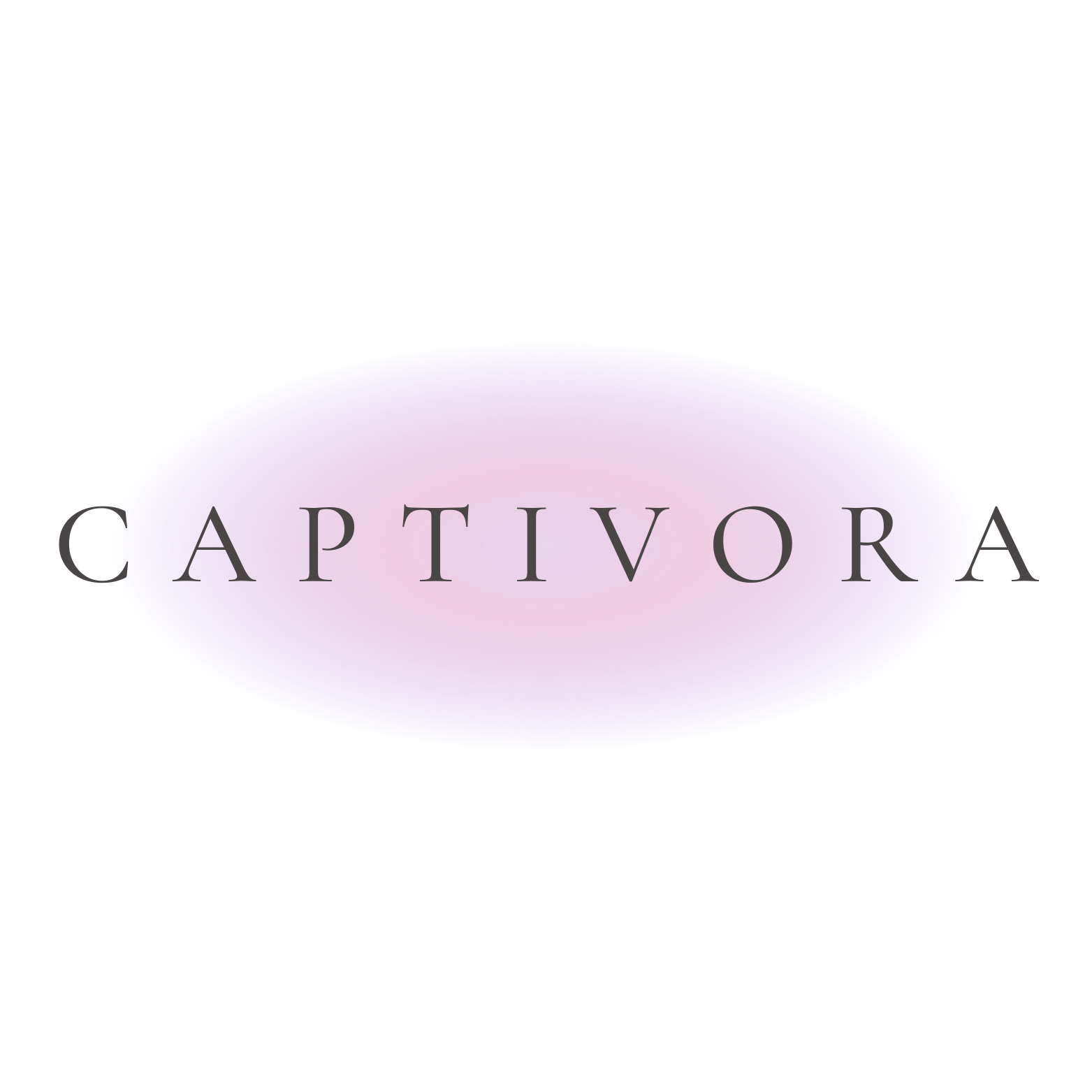So you've got your Instagram game locked down, you're all over Facebook, and maybe you've even figured out TikTok. Good for you. Meanwhile, your competitors are quietly dominating Pinterest—a platform you've either completely ignored or approached with the same tired tactics you use everywhere else. They're capturing a segment of your market right under your nose, and you haven't even noticed.
If you're wondering how they're gaining this edge while you're spinning your wheels, buckle up. I'm about to expose the specialized strategies that separate Pinterest masters from casual pinners like you.
The Fundamental Mistake That's Costing You Serious Traffic
Here's your first problem: you think Pinterest is social media. It's not. It functions primarily as a visual search engine, and that changes everything.
While Instagram rewards recency and engagement, Pinterest prioritizes relevance, utility, and search intent. Your competitors who understand this distinction are implementing search engine optimization tactics specifically calibrated for Pinterest's unique algorithm.
What does this mean in real life? While you're creating beautiful imagery that garners likes but disappears from feeds within days, your savvy competitors are creating evergreen, searchable content that continues driving traffic months—even years—after publication. Their pins aren't just pretty; they're strategically optimized to appear when your potential customers are actively searching for solutions, ideas, and products.
You're playing checkers. They're playing chess. And they're winning.
The Keyword Strategy Your Competitors Don't Want You to Know About
The foundation of Pinterest success is a keyword strategy that goes far beyond basic tags. Top-performing brands approach keyword research with the sophistication typically reserved for Google SEO, but with critical platform-specific modifications that you're completely missing.
Unlike Google, Pinterest's keyword ecosystem reflects how users navigate visual discovery. This means long-tail descriptive phrases often outperform broad terms, and emotive, aspiration-focused language frequently drives higher conversion rates than purely functional terminology.
Your competitors are using specialized Pinterest keyword research tools to identify:
- High-volume, low-competition search terms specific to Pinterest
- Seasonal keyword trends that emerge 45-60 days earlier than on Google
- Related terms that Pinterest's algorithm associates with your primary keywords
- Action-oriented phrases that indicate purchase intent versus casual browsing
This sophisticated approach to Pinterest keywords allows them to position content precisely where your shared audience is actively searching—giving them first access to potential customers you're missing entirely.
You're shouting into the void. They're whispering directly into the ears of ready-to-buy customers.
The Content Calendar Advantage That's Leaving You in the Dust
If you're wondering why competitors seem to dominate seasonal traffic on Pinterest while you're scrambling to catch up, the answer is in their planning calendar. Pinterest users begin searching for seasonal content approximately 12 weeks before the actual event or season—far earlier than on other platforms.
Smart Pinterest marketers leverage this extended planning window by:
- Creating and publishing Valentine's Day content in November
- Launching summer product pins in late February
- Establishing holiday gift guides in September
- Developing back-to-school content in May
This advanced scheduling strategy allows pins to gain traction, build repins, and establish algorithmic authority well before peak search volume hits. By the time you begin pushing seasonal content, your competitors have already established dominance for high-value seasonal keywords.
They're playing the long game while you're still reacting to what's happening right now.
The Technical Optimization Gap That's Killing Your Visibility
Beyond content strategy, your competitors are implementing technical optimizations that significantly enhance their Pinterest performance. These technical elements often go unnoticed by casual Pinterest marketers but deliver substantial competitive advantages.
Rich Pins Implementation
Competitors leveraging Rich Pins (Product, Article, or Recipe pins) gain significant visibility advantages through:
- Real-time pricing and availability information
- Direct product synchronization with e-commerce platforms
- Enhanced click-through rates from detailed metadata
- Improved ranking in relevant searches due to structured data
Pinterest Tag Deployment
Advanced Pinterest marketers implement the Pinterest tag across their digital ecosystem to:
- Build remarketing audiences based on website visitor behavior
- Create lookalike audiences from their highest-value customers
- Track and attribute conversions across devices and sessions
- Optimize campaigns based on actual purchase data, not just engagement
Schema Markup Integration
The most sophisticated Pinterest strategists connect their website's schema markup with their Pinterest presence, creating a technical SEO advantage that amplifies their visibility across both platforms simultaneously.
Your competitors aren't just outperforming you with better content—they're using technical tools you probably don't even know exist.
The Visual Strategy Secret That Makes Their Pins Outperform Yours Every Time
Pinterest's visual search capabilities mean that image optimization strategies differ fundamentally from other platforms. Your Instagram-optimized square images might look beautiful in your feed, but they're likely underperforming on Pinterest compared to competitors using platform-specific visual strategies.
The brands dominating your category on Pinterest follow these visual best practices:
- Creating vertical images with 2:3 aspect ratios (1000 x 1500 pixels) that maximize screen real estate in the Pinterest feed
- Designing text overlays that remain readable even when pins are displayed in small format
- Using color psychology strategically to stand out in Pinterest's visual search results
- Including subtle branding elements that enhance recognition without overwhelming the image
- Designing visuals specifically to trigger Pinterest's visual search capabilities
This platform-specific approach to visual content creates a compounding advantage over time as their pins not only attract initial attention but continue performing through Pinterest's visual search algorithm.
Your images are pretty but forgettable. Theirs are strategically designed conversion machines.
The Board Strategy That Amplifies Their Authority (While You Start From Zero)
Pinterest's algorithm evaluates both individual pins and the boards they're saved to when determining search rankings. Your competitors with established board strategies are leveraging this algorithmic factor to amplify the performance of every new pin they create.
Effective Pinterest marketers develop board strategies that:
- Create topical relevance clusters that reinforce their authority in specific categories
- Maintain consistent publishing schedules that signal active account status to the algorithm
- Implement keyword-optimized board titles, descriptions, and cover images
- Establish board hierarchies that guide users through their content ecosystem
- Strategically include a mix of their own content and high-authority content from other creators
This comprehensive board strategy creates a contextual environment that enhances the performance of every pin they publish—an advantage that compounds over time and becomes increasingly difficult to overcome.
You're focusing on individual pins. They're building entire ecosystems.
The Analytics Approach That Lets Them Outmaneuver You Every Single Time
Perhaps the most significant competitive advantage your rivals have developed is their sophisticated approach to Pinterest analytics. While you look at basic engagement metrics, advanced Pinterest marketers analyze platform-specific data points that reveal actionable insights.
Your competitors are monitoring:
- Pin-specific click-through rates across different visual designs
- Audience demographics unique to Pinterest (which often differ from other platforms)
- Conversion rate variations between Pinterest traffic and other channels
- Board-level performance indicators that inform content development
- Seasonal trend data that predicts future search behavior
This data-driven approach allows them to continuously refine their Pinterest strategy based on actual performance metrics rather than general social media best practices—creating a perpetual optimization cycle that increases their lead over you every day.
You're guessing what works. They know exactly what drives results.
How We Transform Pinterest Underperformers Into Market Leaders
Having worked with brands across industries to establish Pinterest dominance, we've developed a systematic approach to closing these competitive gaps and creating sustainable Pinterest advantages. Our proven methodology addresses each of the strategic areas where you're falling behind:
Phase 1: Competitive Landscape Analysis
We begin by conducting a comprehensive audit of your Pinterest presence alongside your top competitors, identifying specific areas where strategic improvements will deliver the greatest competitive advantage. This analysis includes:
- Detailed keyword gap analysis to identify untapped search opportunities
- Visual content comparison to pinpoint design optimizations
- Technical implementation review to uncover hidden advantages
- Content calendar alignment assessment to optimize seasonal positioning
Phase 2: Pinterest-Specific Strategy Development
Based on our competitive findings, we develop a customized Pinterest strategy calibrated specifically for your brand, industry, and target audience. This strategy typically includes:
- Comprehensive keyword architecture mapped to your product/content categories
- Visual design templates optimized for Pinterest's unique requirements
- Board restructuring to maximize topical relevance and authority
- Technical implementation plan for Rich Pins, Pinterest tag, and platform integrations
Phase 3: Content Development and Optimization
With strategic foundations established, we create and optimize Pinterest-specific content designed to outperform your competition in critical searches:
- Conversion-focused pin designs that maintain brand consistency while maximizing Pinterest performance
- Keyword-optimized descriptions that capture both high-volume and long-tail search traffic
- Strategic content scheduling aligned with Pinterest's extended planning timeline
- Board optimization to create contextual relevance that amplifies pin performance
Phase 4: Ongoing Performance Optimization
Unlike agencies that "set and forget" Pinterest accounts, we implement continuous optimization based on performance data:
- Regular keyword refreshes to capitalize on emerging search trends
- A/B testing of visual elements to identify highest-performing designs
- Seasonal content strategy adjustments based on real-time performance data
- Competitive monitoring to maintain your newfound Pinterest advantage
The Path Forward: From Pinterest Underperformer to Industry Leader
If you're ready to close the Pinterest performance gap and establish lasting competitive advantage on the platform, we invite you to begin with our comprehensive Pinterest Competitive Analysis. This in-depth assessment will:
- Identify specific areas where your Pinterest presence lags behind competitors
- Quantify the traffic and conversion opportunity you're currently missing
- Provide actionable recommendations for immediate performance improvements
- Outline a strategic roadmap for long-term Pinterest dominance
Don't let your competitors continue capturing market share through superior Pinterest strategy. Contact us today to schedule your Pinterest Competitive Analysis and take the first step toward transforming your Pinterest presence from competitive disadvantage to market-leading asset.
Ready to outperform your competitors on Pinterest?
The Pinterest advantage your business deserves is just one decision away. Contact us today.


